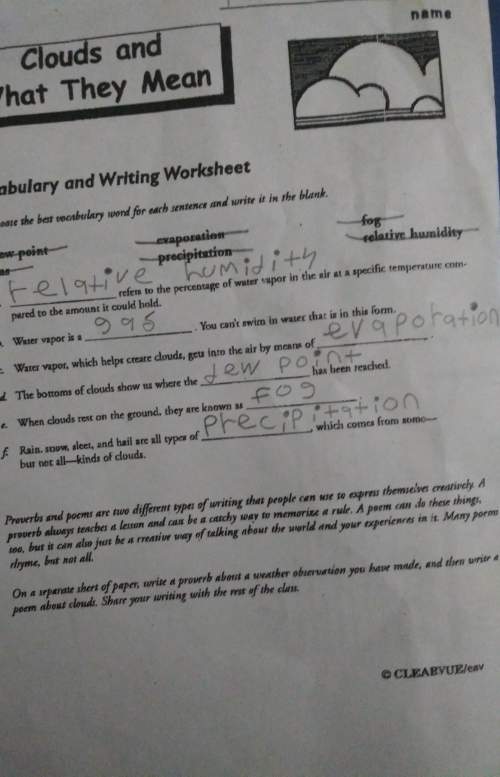
Physics, 15.12.2021 14:00 paulesparsa6
a 10 kg ball moving at 13 m/s strickes a 20 kg ball at rest. after the collision the 10 kg ball is moving with a velocity of 7m/s. what is the velocity of the second ball

Answers: 2


Other questions on the subject: Physics

Physics, 22.06.2019 00:20, u8p4
Consider the particle-in-a-box problem in 1d. a particle with mass m is confined to move freely between two hard walls situated at x = 0 and x = l. the potential energy function is given as (a) describe the boundary conditions that must be satisfied by the wavefunctions ψ(x) (such as energy eigenfunctions). (b) solve the schr¨odinger’s equation and by using the boundary conditions of part (a) find all energy eigenfunctions, ψn(x), and the corresponding energies, en. (c) what are the allowed values of the quantum number n above? how did you decide on that? (d) what is the de broglie wavelength for the ground state? (e) sketch a plot of the lowest 3 levels’ wavefunctions (ψn(x) vs x). don’t forget to mark the positions of the walls on the graphs. (f) in a transition between the energy levels above, which transition produces the longest wavelength λ for the emitted photon? what is the corresponding wavele
Answers: 1

Physics, 22.06.2019 02:30, scasemere
Mass (kg) force (n) 5 25 10 50 15 75 20 100 a student was trying to find the relationship between mass and force. he placed four different masses on a table and pulled them using a spring scale. the table shows the different masses used in the experiment and the force required to pull each mass. the student concluded that more force was required to pull heavier objects. what comment would you make regarding his conclusion? a) no clear relation can be observed between mass and force from the data. b) there is a direct proportion between the mass and force listed in the table. c) gravity should have been taken into account while performing the experiment. d) there is an inverse proportion between the mass and force listed in the table.
Answers: 2

Physics, 22.06.2019 04:00, DragonLovely
19. explain why a magnet from your refrigerator could not be used to lift something as heavy as a car. (chapter 7 – pages 202-203) 20. can a magnet ever have a single pole? explain your answer. (chapter 7 – page 208) 21. what happens to the wavelength of a wave if the frequency is increased? (chapter 9 – pages 280-281) 22. an ocean wave has a wavelength of 10 m and a frequency of 4.0 hz. what is the velocity of the wave? show the appropriate equation from your book and show your work with units. (chapter 9 – page 282) 23. as you sit outside, the sound of a siren becomes lower in pitch. is the emergency vehicle moving away from or towards you? explain how you know. (chapter 10 – page 315-316) 24. why are two astronauts in space unable to hear one another? (chapter 10 – page 307) 25. explain in at least 3 sentences how electromagnetic waves form. (chapter 11 – page 338-339) 26. using the chart on page 345 in your textbook, what are the three types of electromagnetic wave with wavelengths shorter than those of visible light. give an example of each. (chapter 11 – pages 345-351) 27. explain why a leaf usually appears to be green, but a rose typically appears red. (chapter 12 – page 373) 28. what is the difference in light that is refracted compared to light that is reflected? think in terms of speed of light as well as what happens to light waves when they interact with a medium. (chapter 12 – pages 369-370) 29. how are concave and convex lenses different? (chapter 13 – page 408-410) 30. what type of mirror is used in rearview mirrors in cars? why is it important that these mirrors have the warning, “objects in mirror are closer than they appear.”? (chapter 13 – page 405)
Answers: 3
You know the right answer?
a 10 kg ball moving at 13 m/s strickes a 20 kg ball at rest. after the collision the 10 kg ball is m...
Questions in other subjects:

Spanish, 03.12.2021 03:10


Mathematics, 03.12.2021 03:10





Mathematics, 03.12.2021 03:10







